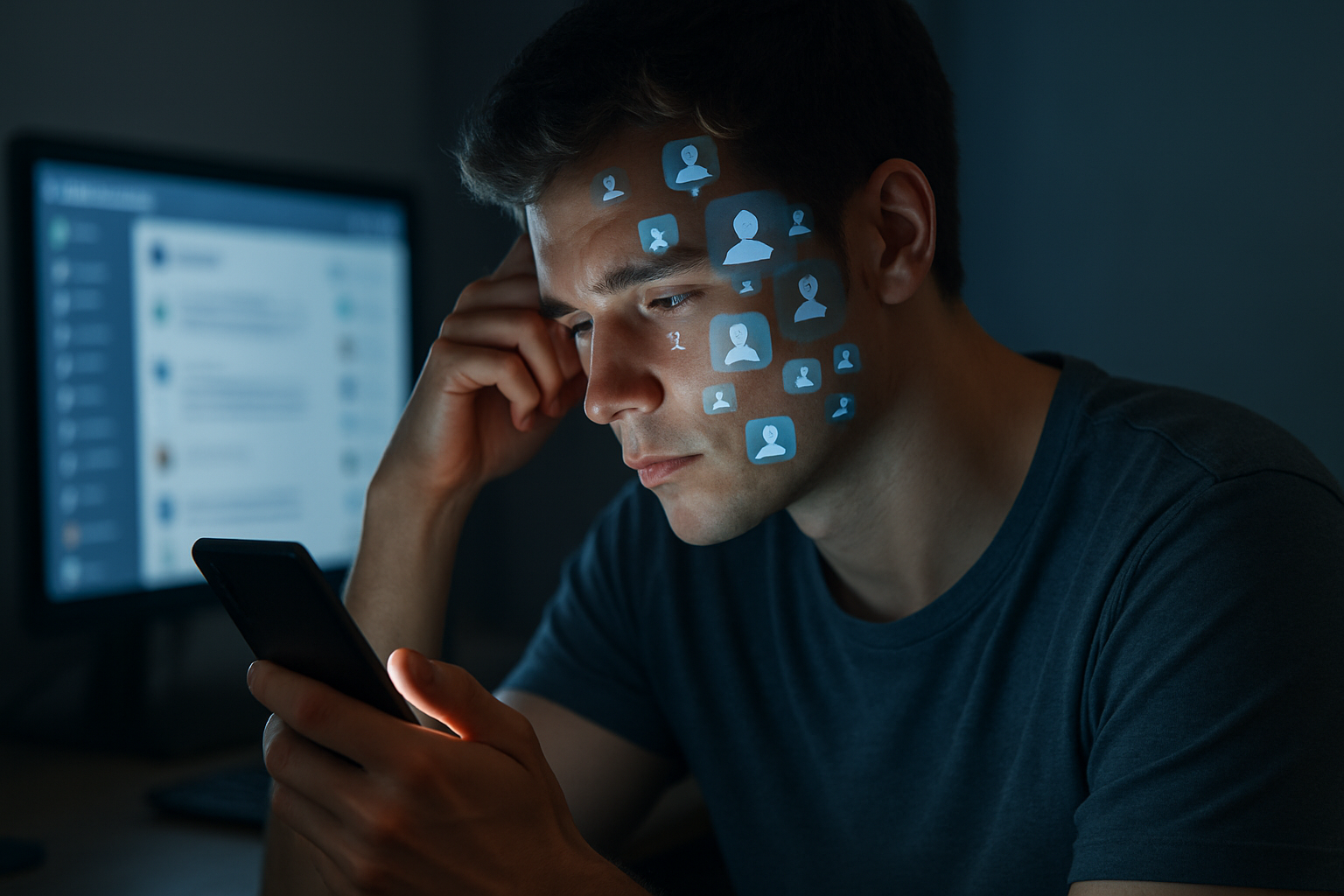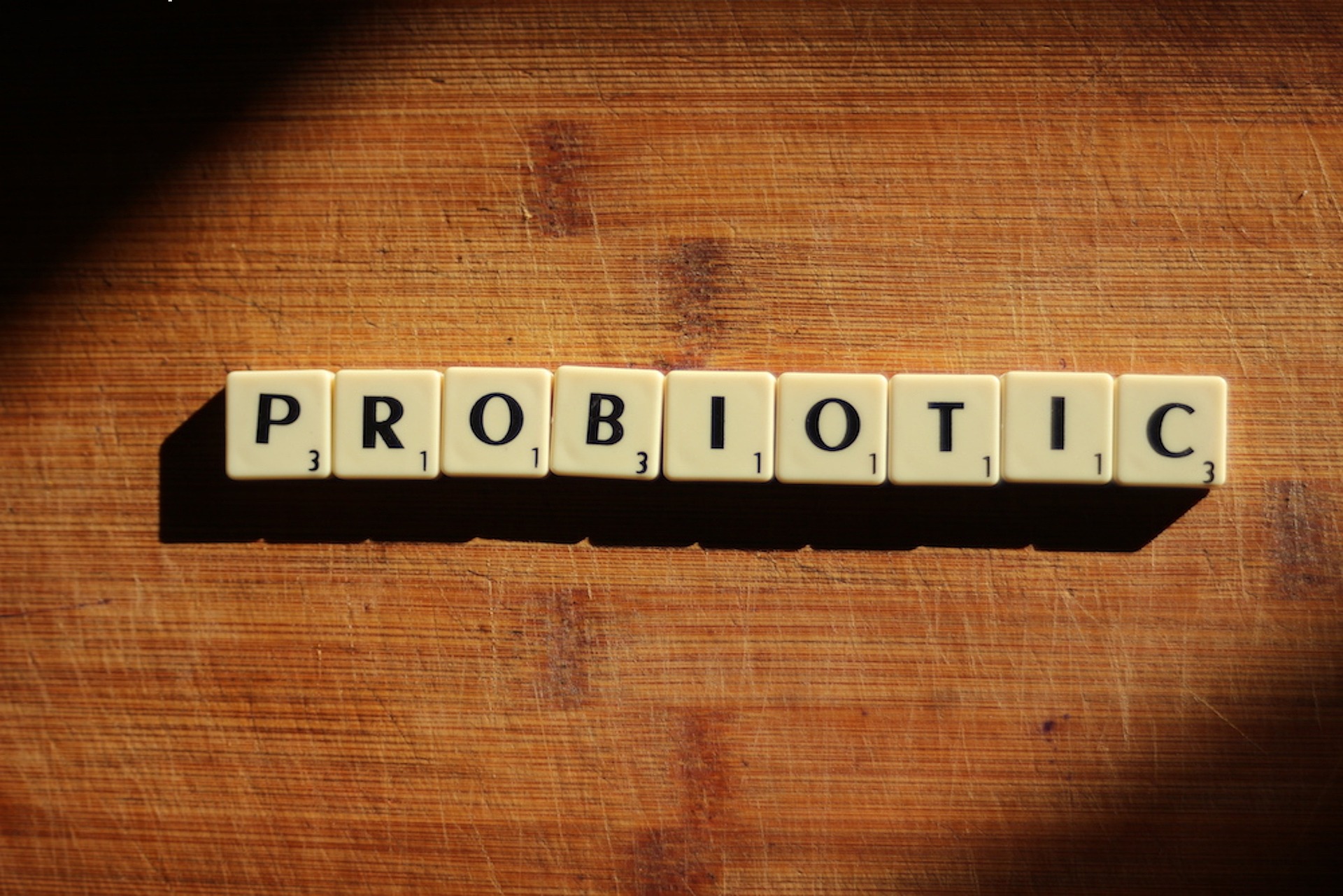Anxiety in the Digital Age: Coping with Modern Stressors
Anxiety disorders have become increasingly prevalent in our hyper-connected world, affecting millions of people globally. The advent of social media, 24/7 news cycles, and constant digital connectivity has introduced new sources of stress and worry into our daily lives. While technology has undoubtedly improved many aspects of our existence, it has also created unique challenges for mental health. The pressure to maintain an online presence, fear of missing out (FOMO), and information overload can exacerbate anxiety symptoms, leading to a complex interplay between our digital lives and psychological well-being. As we navigate this new landscape, understanding the relationship between technology and anxiety is crucial for developing effective coping strategies and maintaining mental health in the digital age.

Information Overload and Decision Paralysis
One of the defining features of the digital age is the unprecedented access to information. While this can be empowering, it can also lead to information overload and decision paralysis. The abundance of choices and conflicting information available online can make even simple decisions feel overwhelming. This phenomenon, known as “analysis paralysis,” can contribute to heightened anxiety levels as individuals struggle to make the “right” choice in a sea of options. The constant barrage of news and alerts can also create a sense of urgency and impending doom, fueling anxiety about world events and personal circumstances.
The Impact of Digital Communication on Social Anxiety
The shift towards digital communication has had a profound impact on how we interact with others. While it has made connecting with people across the globe easier than ever, it has also changed the nature of social interactions. For individuals with social anxiety, digital communication can serve as both a crutch and a barrier. On one hand, it allows for more controlled interactions and reduces immediate social pressures. On the other hand, it can reinforce avoidance behaviors and make face-to-face interactions feel more daunting. The lack of non-verbal cues in digital communication can also lead to misunderstandings and increased anxiety about how messages are perceived.
Sleep Disruption and Anxiety in the Always-On Culture
The pervasive nature of digital devices has blurred the lines between work and personal time, contributing to an “always-on” culture. This constant connectivity can disrupt sleep patterns and exacerbate anxiety symptoms. The blue light emitted by screens interferes with the production of melatonin, the hormone responsible for regulating sleep-wake cycles. Poor sleep quality and insufficient sleep duration are strongly linked to increased anxiety levels. Additionally, the temptation to check emails or social media before bed can lead to rumination and worry, making it difficult to relax and fall asleep.
Digital Detox and Mindfulness: Strategies for Managing Anxiety
As awareness of the relationship between digital technology and anxiety grows, so does the interest in digital detox and mindfulness practices. Digital detox involves intentionally disconnecting from electronic devices for a set period to reduce stress and improve mental well-being. This practice can help individuals reconnect with the physical world and develop a healthier relationship with technology. Mindfulness techniques, such as meditation and deep breathing exercises, can be particularly effective in managing anxiety symptoms exacerbated by digital overload. These practices encourage present-moment awareness and can help break the cycle of rumination often associated with anxiety disorders.
The Role of Social Support in the Digital Age
While technology can contribute to anxiety, it also offers new avenues for social support and mental health resources. Online support groups and forums provide spaces for individuals to connect with others experiencing similar challenges. Telehealth services have made mental health care more accessible, allowing people to consult with therapists from the comfort of their homes. However, it’s important to balance online support with real-world connections, as face-to-face interactions remain crucial for maintaining mental health and building resilience against anxiety.
Towards a Balanced Digital Diet
As we continue to grapple with the complexities of anxiety in the digital age, the concept of a “balanced digital diet” is gaining traction. This approach emphasizes mindful technology use, setting boundaries around digital consumption, and prioritizing activities that promote mental well-being. By being intentional about our digital habits and creating space for offline experiences, we can harness the benefits of technology while mitigating its potential negative impacts on mental health. Ultimately, navigating anxiety in the digital age requires a combination of self-awareness, healthy coping strategies, and a willingness to disconnect when necessary.





